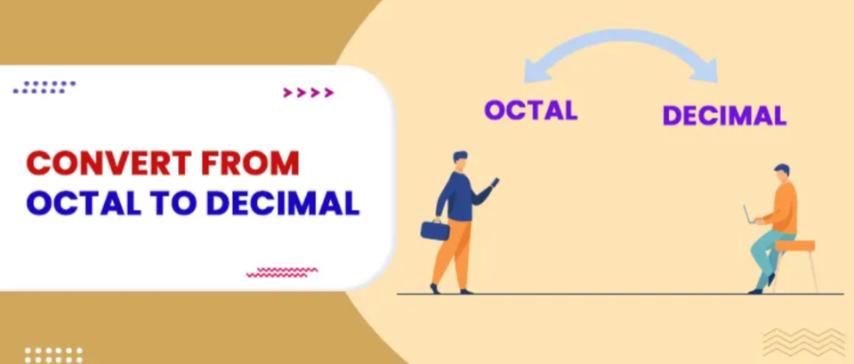
Octal Converter: Understanding and Converting Octal Numbers
Created on 1 October, 2025 • Converter Tools • 19 views • 2 minutes read
An octal converter is an essential tool for programmers, students, and engineers working with number systems.
The octal system is a base-8 number system that uses digits from 0 to 7. While it is not as commonly used as decimal or binary, it plays an important role in computer science, digital electronics, and programming. Converting between octal and other systems like decimal, binary, or hexadecimal can be challenging without the right tools. This is where an octal converter becomes extremely useful.
What Is an Octal Converter?
An octal converter is a tool designed to transform numbers from octal into other number systems and vice versa. It is widely used in mathematics, programming, and digital electronics where different bases are applied.
The most common conversions include:
- Octal to Decimal – Converting base-8 numbers into base-10 for easier human interpretation.
- Decimal to Octal – Transforming standard numbers into octal format.
- Octal to Binary – Since each octal digit maps directly to three binary digits, this conversion is quick and efficient.
- Octal to Hexadecimal – Useful in programming when working with compact hexadecimal notation.
For example, the octal number 57 equals 47 in decimal, 101111 in binary, and 2F in hexadecimal.
Why Use an Octal Converter?
1. Programming and Development
Some programming languages and operating systems use octal representation for file permissions and memory-related operations. A converter makes it easier to switch between number systems.
2. Education and Learning
Students studying computer science, mathematics, or electronics often work with octal as part of understanding number systems. A converter helps verify their calculations quickly.
3. Digital Electronics
Octal was historically used as a shorthand for binary because it compresses long binary sequences into fewer digits. Engineers still use it for simplifying binary expressions.
How Does an Octal Converter Work?
An octal converter uses mathematical formulas to transform numbers between systems:
- Octal to Decimal: Multiply each octal digit by 8 raised to its position power. For example, octal 157 = (1×8²) + (5×8¹) + (7×8⁰) = 111 decimal.
- Decimal to Octal: Divide the decimal number by 8 repeatedly and record the remainders. Decimal 100 becomes octal 144.
- Octal to Binary: Replace each octal digit with its 3-digit binary equivalent. Octal 7 becomes 111 binary.
- Octal to Hexadecimal: Convert octal to binary first, then group into 4 bits to get the hexadecimal value.
Most online converters perform these calculations instantly with a single click.
Benefits of Using an Online Octal Converter
Quick and Accurate
Manual conversion can be time-consuming and prone to mistakes. An octal converter provides instant and reliable results.
Multi-Conversion Support
Many converters allow conversion between octal, decimal, binary, and hexadecimal all in one tool.
User-Friendly
Even beginners with little knowledge of number systems can easily use online octal converters without memorizing formulas.
Conclusion
An octal converter is an essential tool for programmers, students, and engineers working with number systems. It simplifies the process of converting octal numbers into decimal, binary, or hexadecimal, saving time and ensuring accuracy. Whether you are learning the basics of digital systems, analyzing data, or coding, an octal converter helps you understand and apply octal numbers more effectively.
If you want to master number system conversions with ease, using a reliable octal converter is the perfect solution.